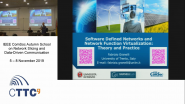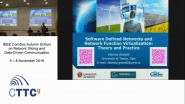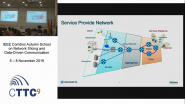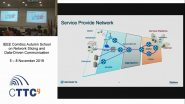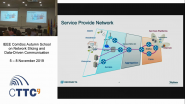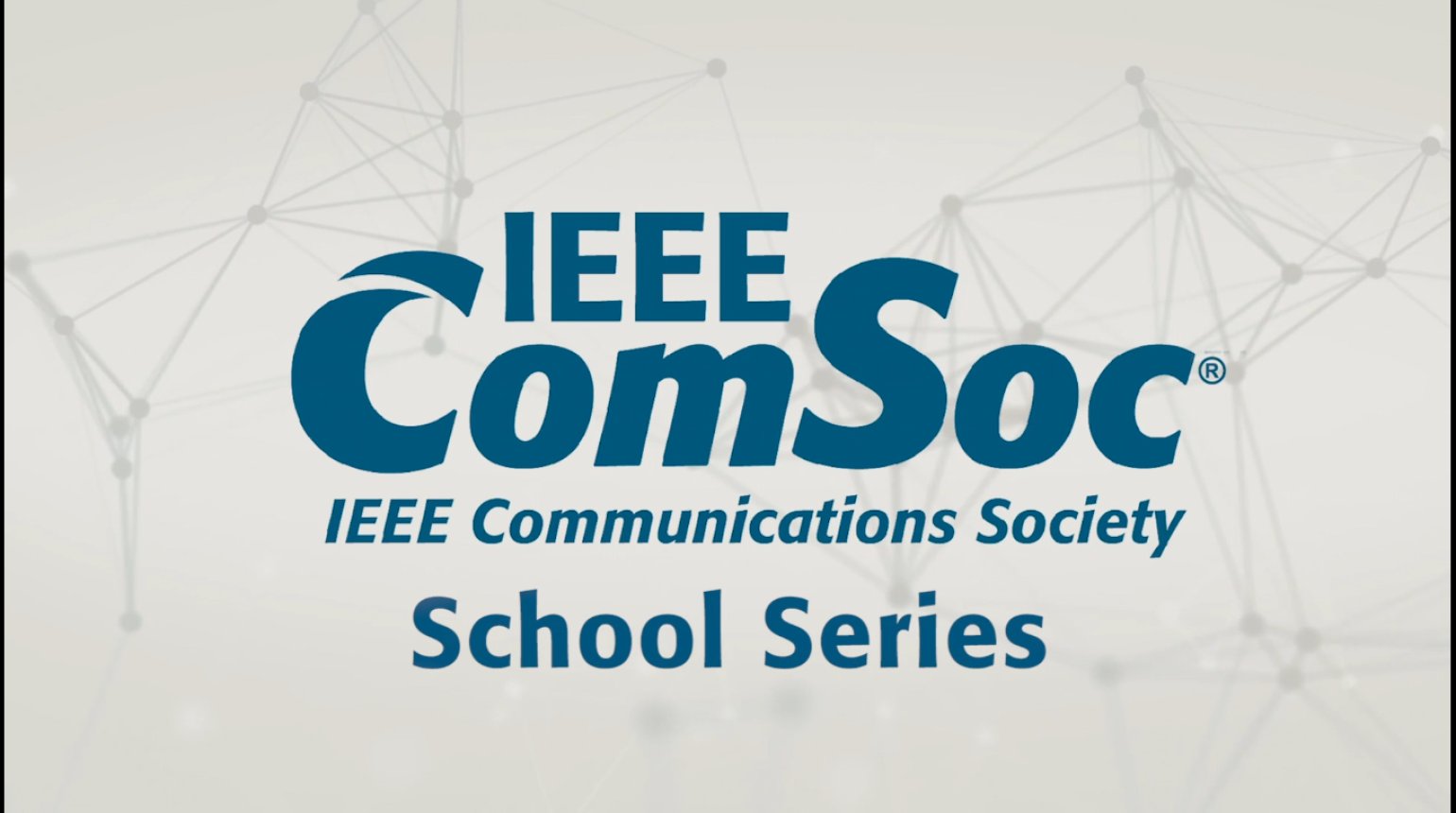
- IEEE MemberUS $4.99
- Society MemberUS $0.00
- IEEE Student MemberUS $4.99
- Non-IEEE MemberUS $9.99
- IEEE MemberUS $4.99
- Society MemberUS $0.00
- IEEE Student MemberUS $4.99
- Non-IEEE MemberUS $9.99
- IEEE MemberUS $4.99
- Society MemberUS $0.00
- IEEE Student MemberUS $4.99
- Non-IEEE MemberUS $9.99
- IEEE MemberUS $4.99
- Society MemberUS $0.00
- IEEE Student MemberUS $4.99
- Non-IEEE MemberUS $9.99
Applying Artificial Intelligence in Network Operators
Artificial Intelligence (AI) is a widely used technique that basically describes the capability to simulate or imitate the human reasoning as intelligent behavioral. It has been applied to several areas and they can help to solve problems in the networking area. SDN (Software-Defined Networking) is a technology that enables automation in network, but to take some actions, we need data from the network elements. Current solutions for real time information retrieval, used for various network management purposes service’s performance monitoring, network reconciliation or assurance are based on polling, strategy which may be suboptimal in some cases. Polling incurs significant latency, both because the event might occur at any moment in between of the client polling period and because the device introduces some delay during the system request processing. This latency precludes many real-time of applications which relay on instant information arrival to operate under this mechanism, which may even saturate the Data Communication Network (DCN) network when the amount of another scenario is that of applications that track datastore configuration changes through notifications. To get the event, many remote polling cycles are done without any change detected and wasting resources in the network, devices, and applications. This is clear in scenarios where the changes occur only infrequently. Telemetry is a technology to enable artificial intelligence in network operator scenarios.
- IEEE MemberUS $4.99
- Society MemberUS $0.00
- IEEE Student MemberUS $4.99
- Non-IEEE MemberUS $9.99
- IEEE MemberUS $4.99
- Society MemberUS $0.00
- IEEE Student MemberUS $4.99
- Non-IEEE MemberUS $9.99
An Intelligent End-to-end Network Slicing Orchestration for Verticals Industries
This talk explores why virtualization is so important and how network operators and virtualization groups address this topic, and then see how we can move from the virtualization concept to network slicing. The lecture begins with network virtualization concepts and a historical overview of virtualization and the need for network sharing. Next is the passive sharing of radio equipment, active network sharing multi tenancy to support 5G networks. The 5G business model and the standard efforts towards network slicing and network slicing in emerging 5G systems is then discussed. Network slicing in radio access networks, end-to-end network slicing orchestration and slicing enabled network scenarios such as IoT deployments and edge computing environment is also examined.
 Cart
Cart Create Account
Create Account Sign In
Sign In


